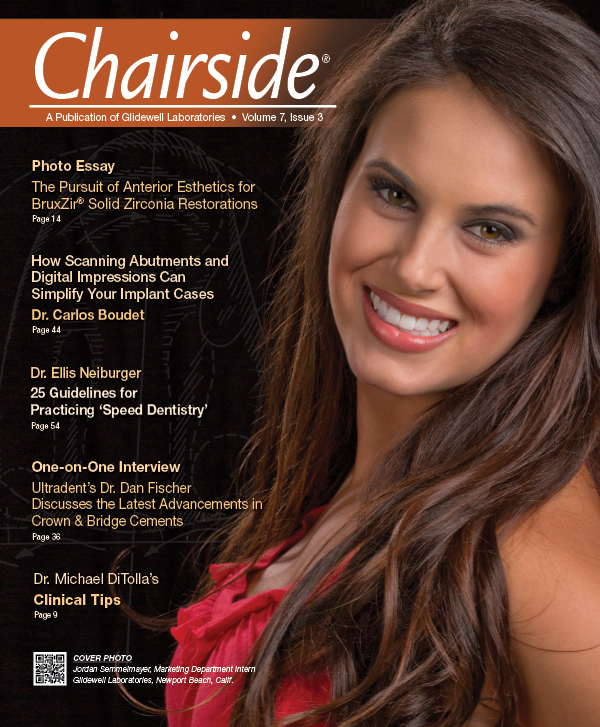Editor's Letter
It was interesting to read recently that students at NYU College of Dentistry received a letter from the faculty informing them that the dental school’s default direct restorative material was being changed from amalgam to composite. It’s not that the school has completely abandoned amalgam — the amalgam technique will still be taught in preclinical, and dental school patients with clinically acceptable amalgams will not have to have those restorations replaced — but new amalgam restorations will now require justification by faculty for placement. I wonder how often amalgams will be approved?
A main reason for the faculty’s decision to make composite the dental school’s default restoration is the material’s ability to be used as a “caries-specific restoration.” In other words, the faculty feels that with bonded composite resin, the students only need to remove the caries and the surrounding affected dentin before restoring the lesion. This is in contrast to an amalgam preparation that needs to be a certain depth for strength, regardless of the depth of the caries. So they made the decision to conserve as much tooth structure as possible by going with composite over amalgam.
When you consider that amalgam has been a successful restorative material for nearly 150 years, some might think the conservative choice would be utilizing the material with that amazing track record. In the letter to the students, the faculty quotes a 12-year study showing that bonded composite performs as well or better than amalgam over that time period. It would seem there is more than one way to define conservatism in dentistry.
At the laboratory, our most popular product is BruxZir® Solid Zirconia. While it doesn’t have the track record of PFMs, it is the most conservative material we have for full-coverage crowns — with the exception of full-cast gold. Considering that many patients are reluctant to have cast gold placed in their mouths, BruxZir crowns are the only tooth-colored crowns we offer that can be prepared with feather-edge margins and milled as thin as 0.6 mm.
I didn’t think I would live to see composite become the restoration of choice in a dental school, or a time when a high-strength, cementable all-ceramic restoration like BruxZir Solid Zirconia would outsell PFMs by a margin of 3-1, but both are here.

Yours in quality dentistry,

Dr. Michael C. DiTolla
Editor-in-Chief, Clinical Editor
mditolla@glidewelldental.com


